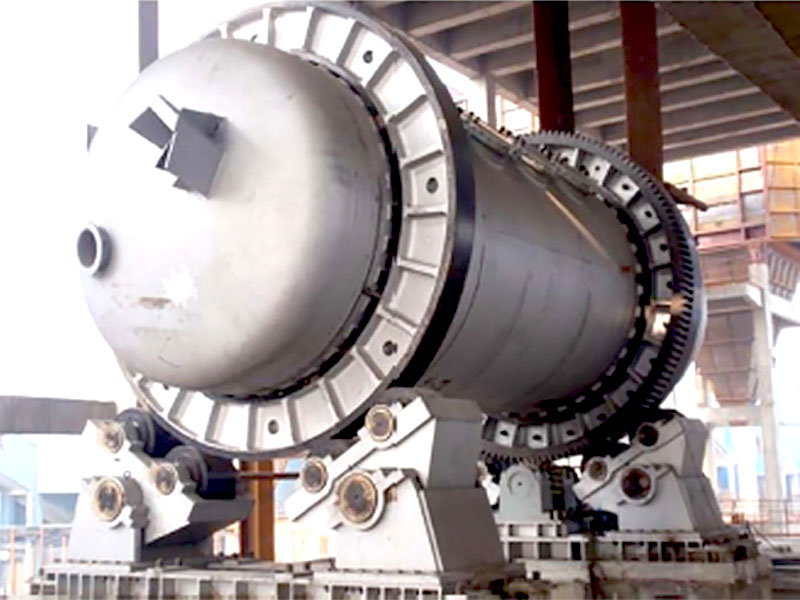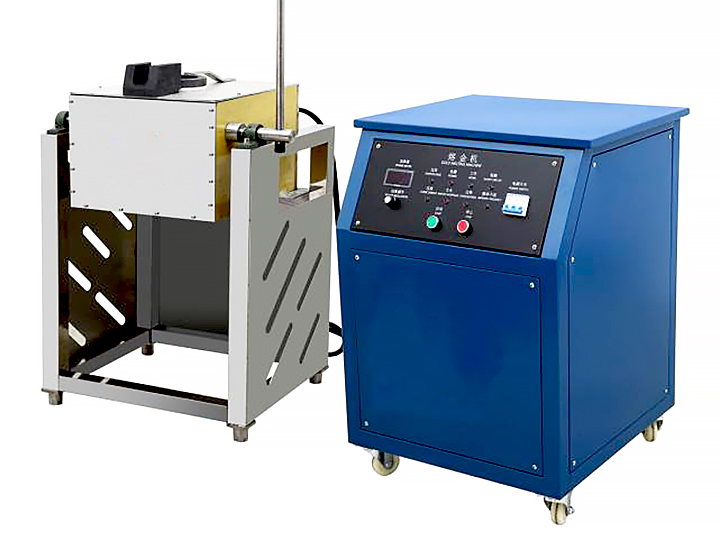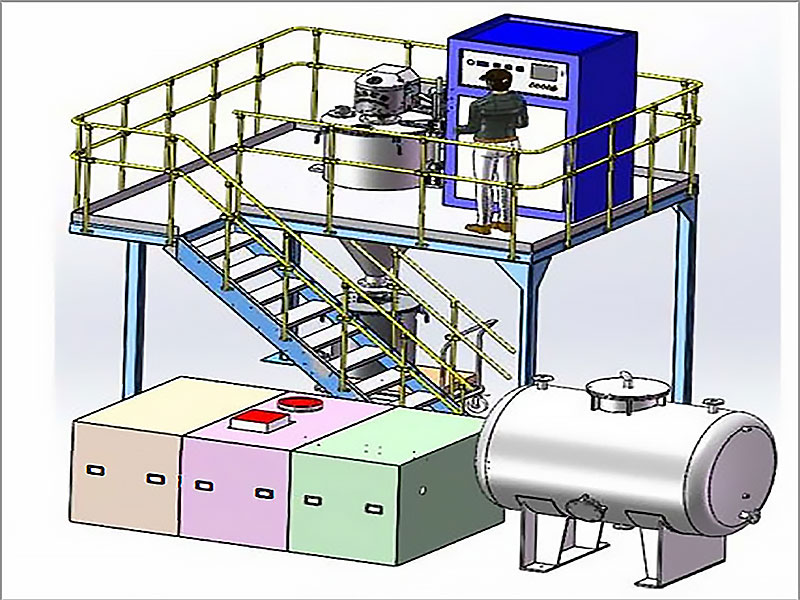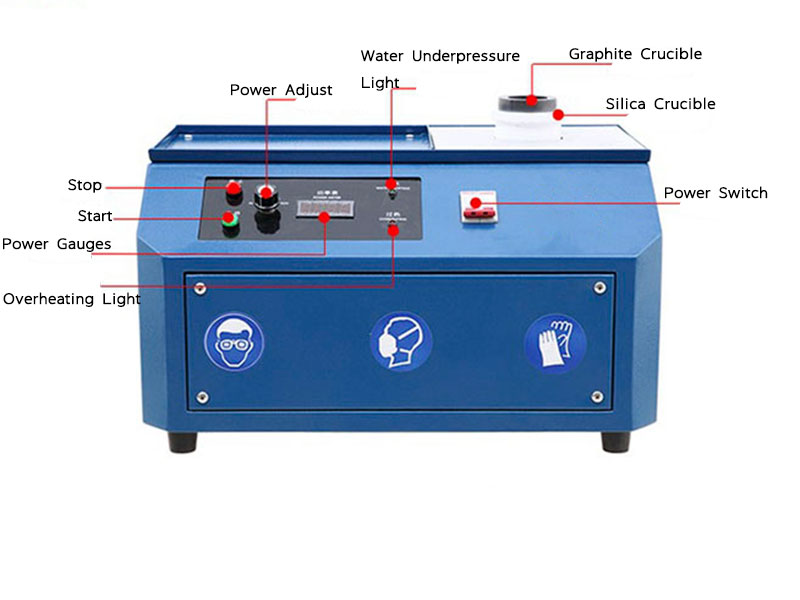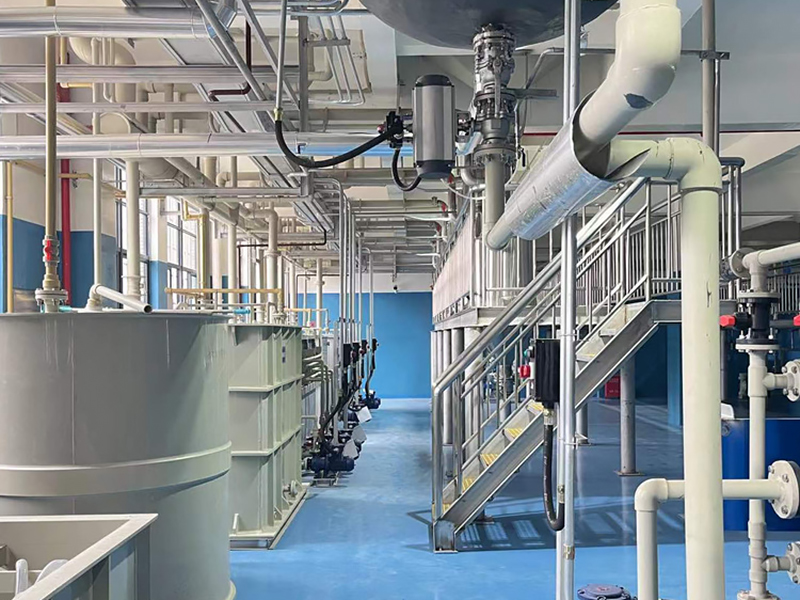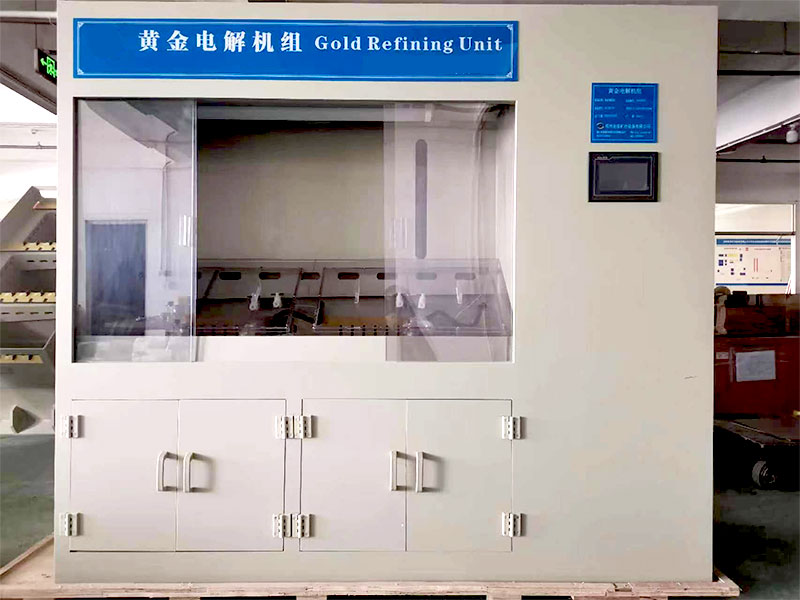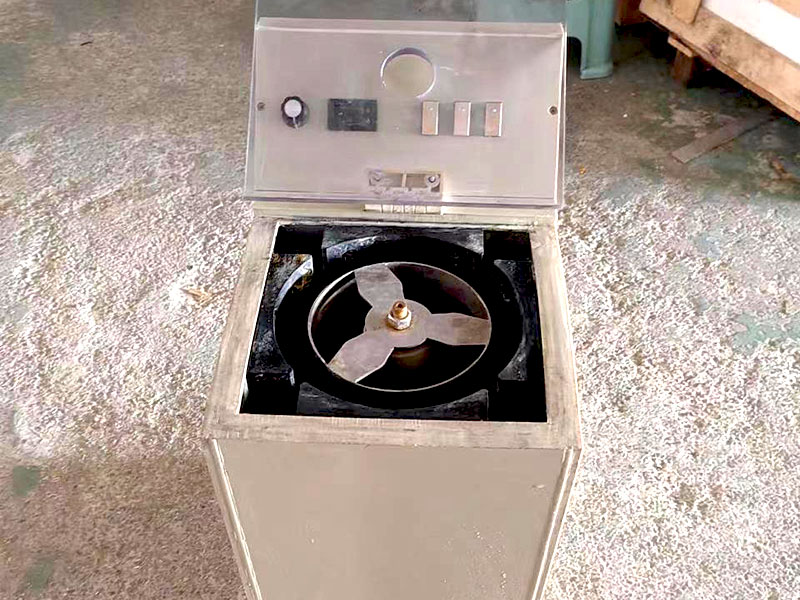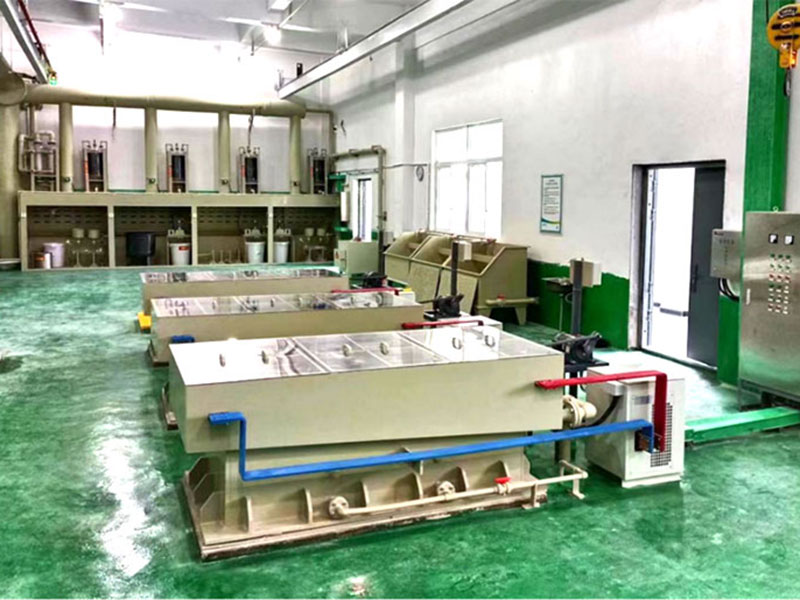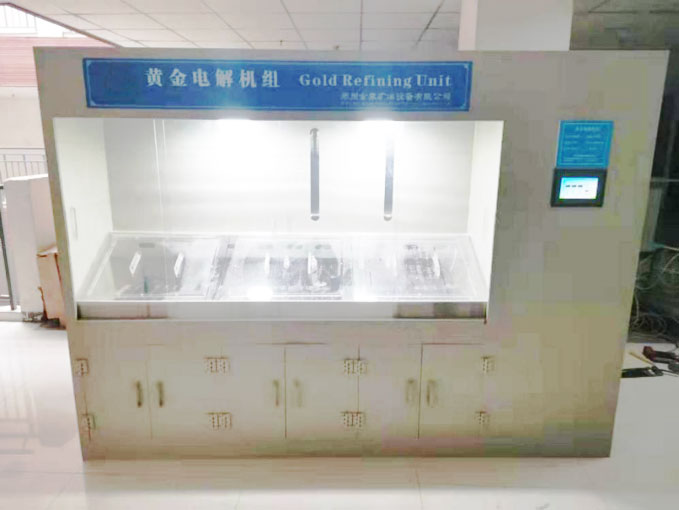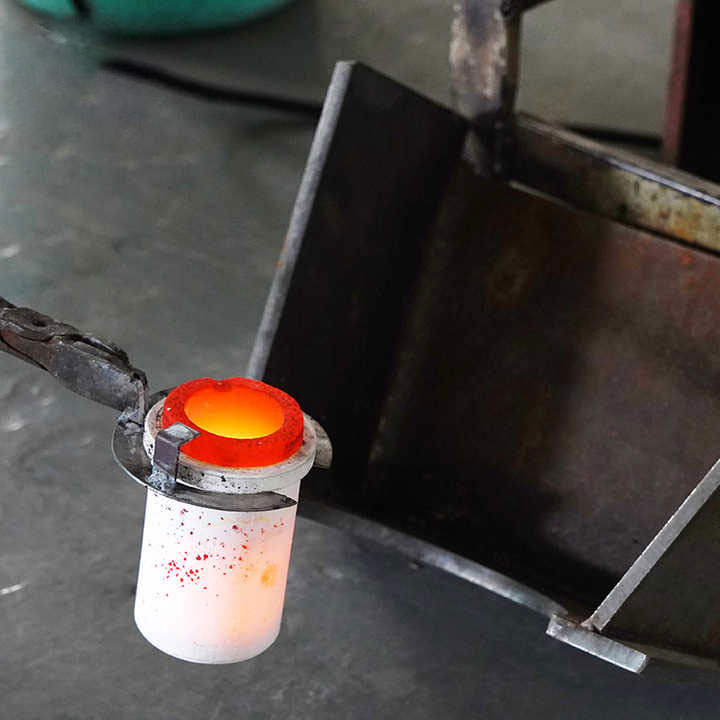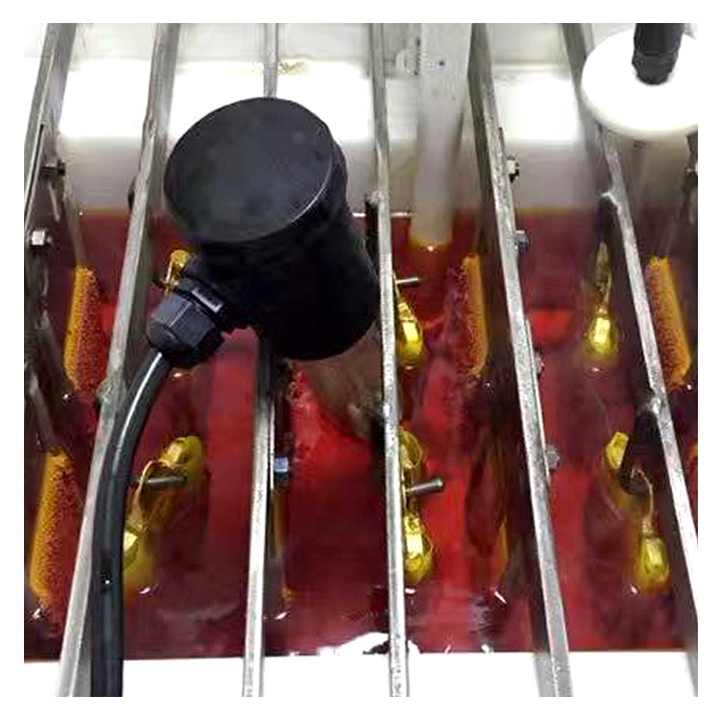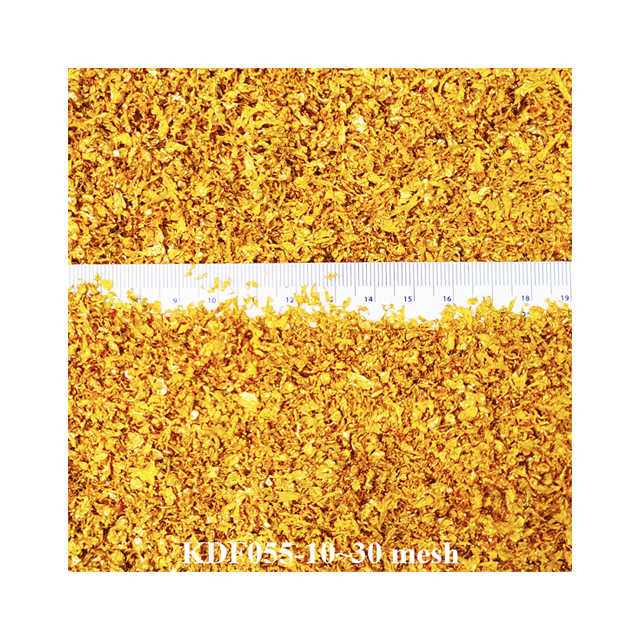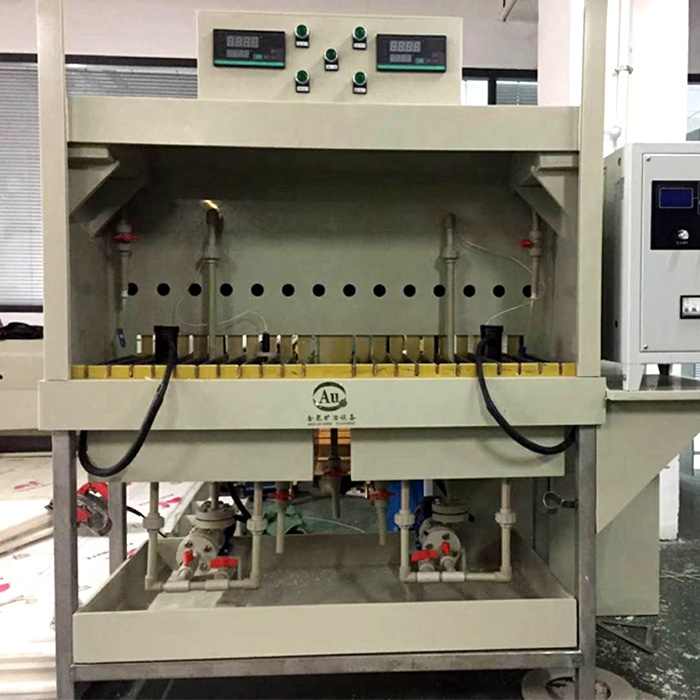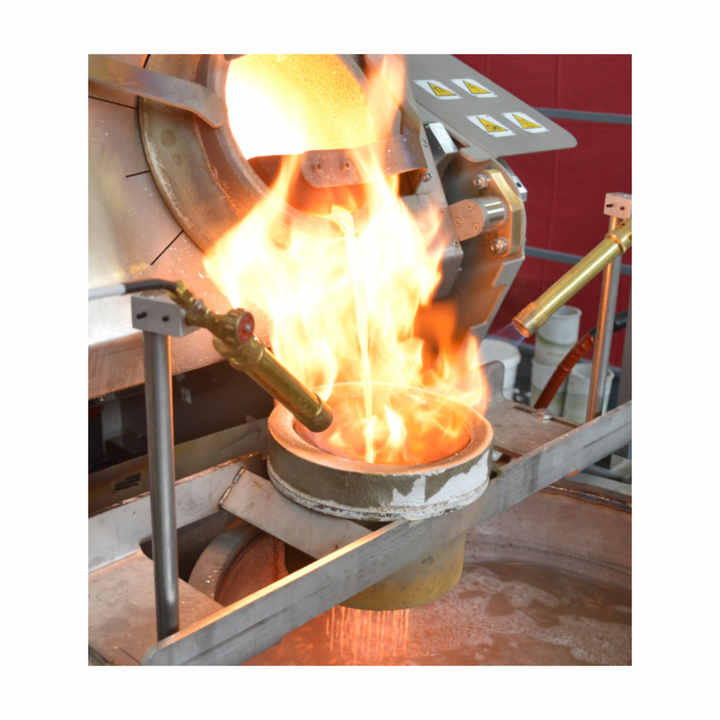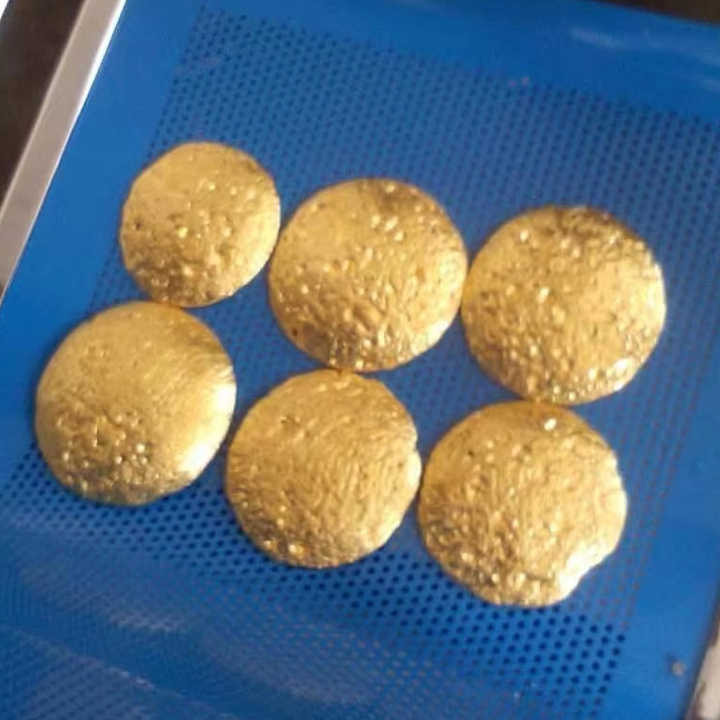gold nanoparticle purification
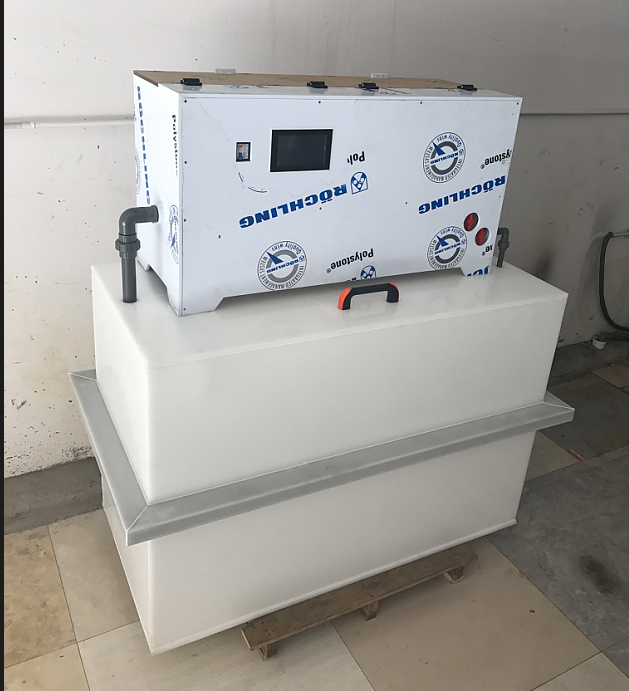
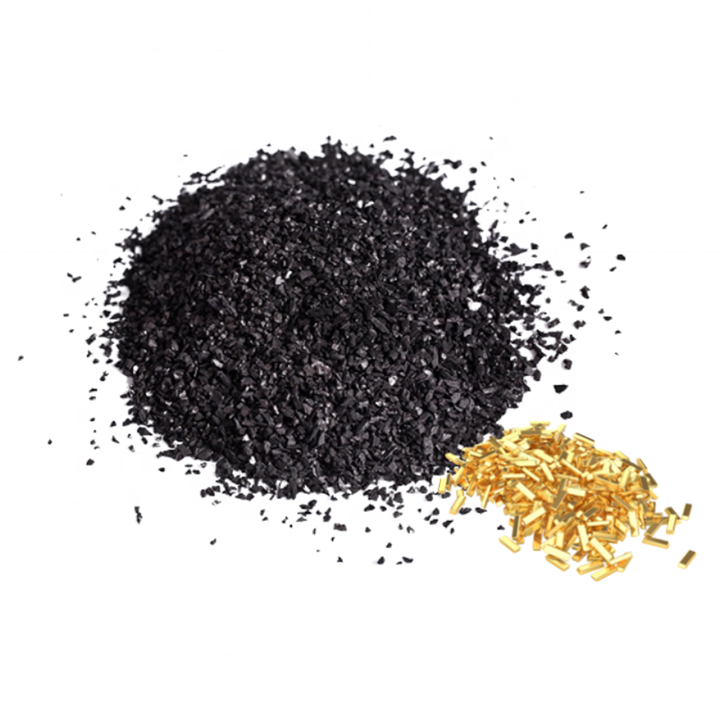
Gold nanoparticles (GNPs) have gained significant attention due to their unique properties and applications in various fields such as medicine, electronics, and catalysis. However, to fully exploit these particles’ potential, it is crucial to ensure their purity. Gold nanoparticle purification is an essential process to remove impurities, ensuring the particles perform as expected in specific applications. This article explores different methods for purifying gold nanoparticles and the importance of this process.
Understanding the Need for Gold Nanoparticle Purification
Gold nanoparticle synthesis often results in a mixture containing unwanted byproducts like excess reactants, salts, and organic molecules. These impurities can interfere with the functionality of the nanoparticles, leading to less effective or unreliable results in their intended use. Thus, purification is essential to isolate pure gold nanoparticles from other components in the solution, enhancing their performance in applications such as drug delivery, imaging, and sensors.
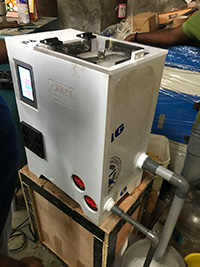
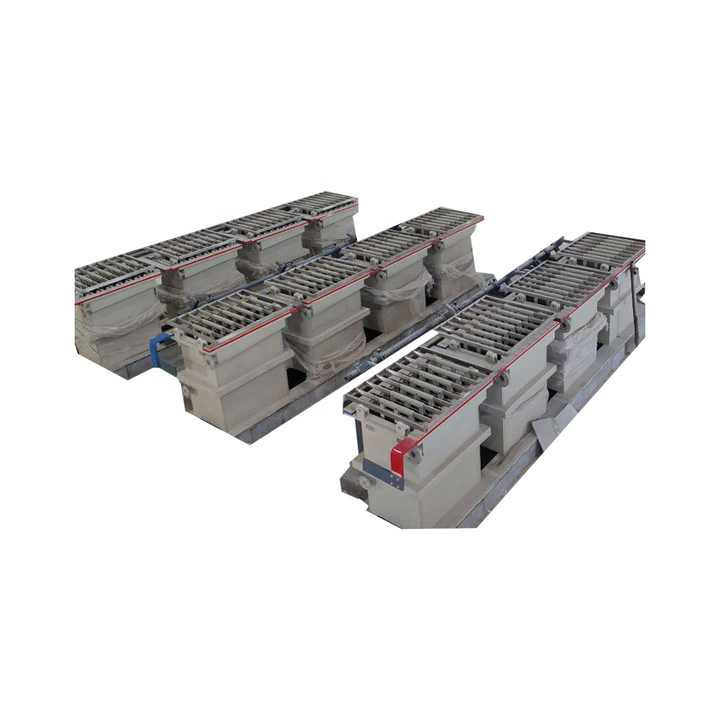
Techniques for Gold Nanoparticle Purification
Several methods are available for purifying gold nanoparticles, and the choice of technique often depends on the size, shape, and surface chemistry of the particles. Below are some common purification techniques.
Centrifugation for Gold Nanoparticle Purification
Centrifugation is one of the most frequently used methods for gold nanoparticle purification. It involves spinning the nanoparticle solution at high speeds, causing particles with different sizes and densities to separate. The unwanted byproducts, which are usually lighter, are removed, leaving behind a purified nanoparticle pellet. Centrifugation is particularly effective for separating particles based on size, allowing researchers to obtain uniform samples.
Dialysis in Gold Nanoparticle Purification
Dialysis is another effective method for purifying gold nanoparticles, particularly for removing small molecules like salts and unreacted agents. This technique involves placing the nanoparticle solution in a dialysis membrane, which allows only small impurities to pass through while retaining the larger nanoparticles inside. The process is slow but offers high purity, making it suitable for sensitive applications such as biomedical use.
Gel Filtration for Gold Nanoparticle Purification
Gel filtration chromatography is a size-exclusion method used in gold nanoparticle purification. In this technique, the nanoparticle mixture is passed through a column containing porous beads. Larger particles, such as gold nanoparticles, pass through the column more quickly, while smaller impurities take longer to elute. This method is highly effective for separating nanoparticles from smaller molecular impurities and ensuring their purity.
Electrophoresis in Gold Nanoparticle Purification
Electrophoresis can be employed to purify gold nanoparticles based on their charge and size. By applying an electric field, nanoparticles migrate through a gel medium, and their movement is influenced by their charge and size. This method allows for the separation of nanoparticles from other components in the solution, making it an efficient purification process for applications requiring high specificity.
Importance of Gold Nanoparticle Purification in Biomedical Applications
Purifying gold nanoparticles is particularly crucial in biomedical applications, where even minor impurities can lead to undesired side effects. For example, in drug delivery, gold nanoparticles are often functionalized with specific biomolecules. Impurities in the nanoparticle solution can hinder the binding of these biomolecules, reducing the efficiency of drug targeting. Purified gold nanoparticles ensure better interaction with biological systems, leading to more effective treatments with fewer side effects.
Challenges in Gold Nanoparticle Purification
While purification is necessary, it also presents several challenges. The process can be time-consuming, especially for large batches, and some methods may result in the loss of nanoparticles during the purification process. Additionally, achieving a high level of purity without altering the nanoparticles’ surface chemistry is critical, as this can affect their functionality. Optimizing the purification process for specific applications requires a careful balance between time, cost, and purity.
Future Directions in Gold Nanoparticle Purification
Advances in gold nanoparticle purification are ongoing as researchers seek faster and more efficient methods. New techniques are being developed to address current challenges, such as minimizing nanoparticle loss during purification and improving scalability for industrial applications. Furthermore, the development of automated systems could streamline the purification process, making it more accessible for a wide range of applications.
Gold nanoparticle purification is a critical step in ensuring the quality and functionality of nanoparticles in various fields, particularly in biomedical applications. Methods such as centrifugation, dialysis, gel filtration, and electrophoresis offer reliable solutions, each with unique advantages and limitations. As the demand for gold nanoparticles continues to grow, the need for efficient and effective purification techniques will remain a key area of research and development.

